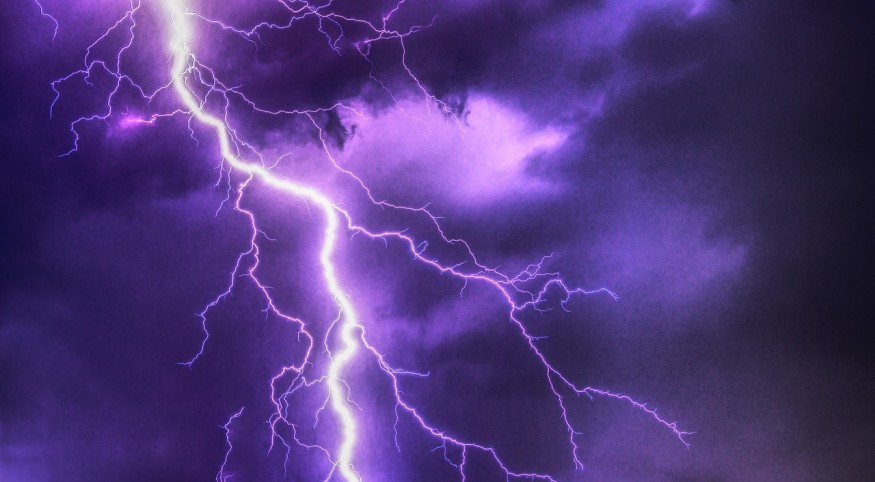

One hundred and forty-seven people have died so far from lightning strikes in Bihar, India, within just ten days, with predictions that it will get worse in the coming days. Bihar is a state in north India. Officials have warned that more conditions of extreme weather are due to arrive, and they are blaming it on climate change.
Authorities have reported that since March, roughly 215 people, particularly rural laborers, cattle grazers, and farmers, have already been killed from these lightning strikes in India's most impoverished state.
Lakshmeshwar Rai, Disaster Management Minister of Bihar, said that he had been informed by weathermen, officials, and scientists that the increase in ambient temperatures as caused by climate change consequently increased the occurrences of lightning strikes in the area. He said that just last Saturday, an additional 25 people died.
Meanwhile, the Indian Meteorological Department warned that more lightning strikes would occur within the next two days. Authorities urged the population to stay indoors and be vigilant.
According to Prime Minister Narendra Modi, relief operations are already ongoing. He sent his condolences to the families of the victims.
Lightning strikes are a common phenomenon in India in the yearly monsoon season that encompasses June until September of every year. However, officials say that the toll this year in the state of Bihar already went beyond the number of yearly deaths recorded in the past number of years, considering that the monsoon season only just started. In 2019, 170 people died from the monsoon season's lightning strikes.
According to Lakshmeshwar Rai, over 50% of fatalities occurred in the eastern and northern districts of the state.
Abdus Sattar, agrometeorologist from Bihar, said that thunder and lightning are due to significant atmospheric instability, which is further fueled by increases in temperature and high moisture.
A mobile app was rolled out by state authorities, which is intended to predict lightning strikes 45 minutes before they occur. Unfortunately, a lot of poor farmers cannot take advantage of the technology because they have no smartphones.
According to reports from officials, more than 200 people also died from lightning strikes since April in Uttar Pradesh, a neighboring state. Most of those killed were in the district of Deoria, which is close to the border of Nepal and Prayagraj, the holy city.
In 2018 in India, over 2,300 fatalities from lightning occurred, according to reports from the National Crime Records Bureau. This year saw Andhra Pradesh, a state in the southern part of the country, attain a record of lightning strikes totaling 36,749 in number in only 13 hours.
Even as the monsoon season is needed to replenish supplies of water in the South Asian region, it also brings with it widespread destruction and death every year.
Among the reasons why there is such a large number of deaths is because there are so many people who work outdoors in the country, in comparison to the other nations of the world. This, in turn, makes the population especially vulnerable to lightning strikes and also accounts for the high rate of lightning strike-related deaths.
© 2025 NatureWorldNews.com All rights reserved. Do not reproduce without permission.





